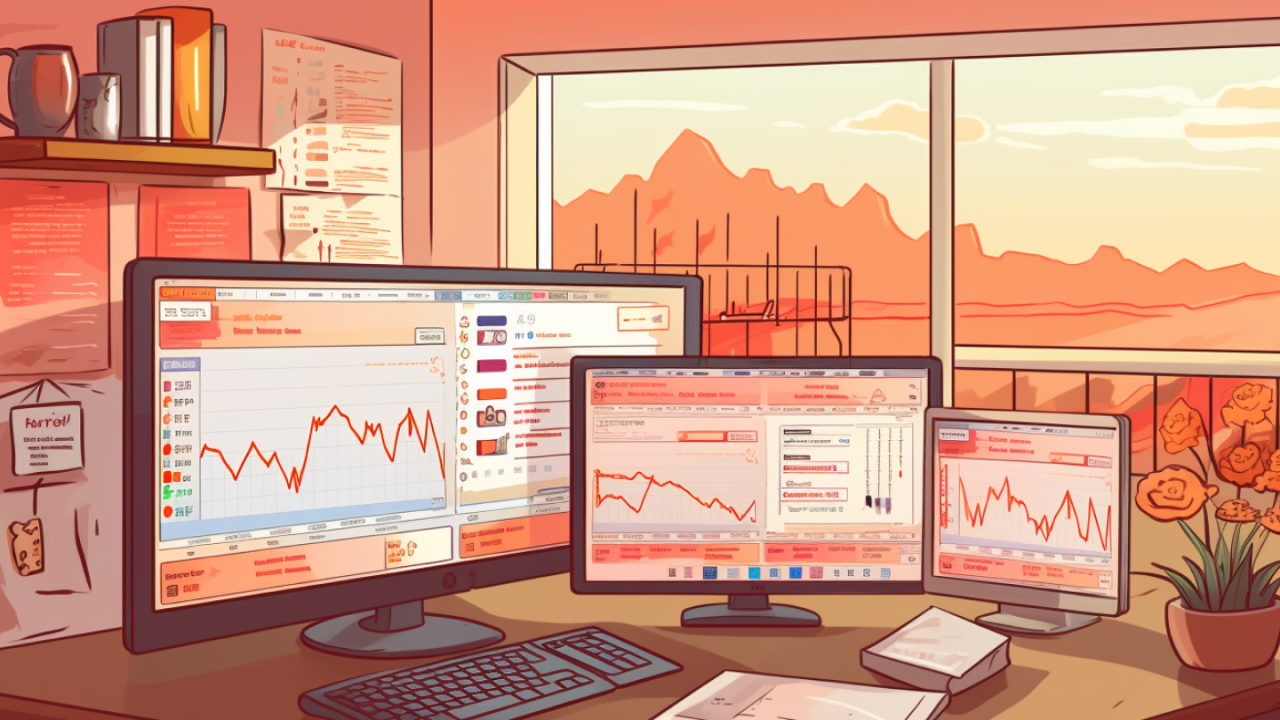Modernizing applications using micro frontends
Micro frontend is an approach to building applications where the front end is broken down into smaller, independent parts, each with its own user interface and functionality. These independent parts are then integrated to form a complete application.
Clients need easy products and a great UI. Serving them through legacy frontends has become obsolete. However, many companies still lack the agility to modernize their existing frontends and spend trillions of dollars to keep the lights on in their legacy frontend applications.
Benefits of modernizing frontends
Modernizing a frontend application not only helps to cut down on maintenance costs but also brings about new features within the frontend framework to help deliver a better user experience to an end client.
A paradigm shift in frontend development
Companies are now changing the way they make frontends.
They’ve moved from building monolith frontends to micro frontends as they have realized the effort needed to build, deploy, and maintain an application is significantly lower. Not only that, but these architectural changes ultimately make an application perform faster.
Challenges in frontend development
It takes work to modernize a frontend application. Many would agree that it is quite tricky because it often means that:
- First, you have to build your entire application from scratch.
- You will unlikely reuse code from your old framework due to mismatched syntax or structures.
- You must spend time understanding the new framework while revisiting the legacy application to understand its implementation, which can delay the launch.
Adopting micro frontends
A recent trend picked up by frontend development teams is the concept of “micro frontends.”
Micro frontends provide a more robust and efficient development workflow and are one of the critical things you should consider when modernizing your legacy frontend application. Essentially, micro frontends are branched out of microservices with the sole purpose of rethinking how a website is developed.
Benefits of using micro frontends
Micro frontends can significantly boost build and deployment teams as your application is no longer a giant monolith.
Instead, you have a collection of mini frontend applications independently tested and deployed, creating a significantly lower deployment time.
It is a critical factor that must be considered when modernizing frontend applications. One aim of migrating from a legacy frontend application to a more modern approach is simplifying releases and management.
With a micro frontend, no single team owns the UI in its entirety. Instead, every team owns a piece of the screen, page, or content. For example, one team might be responsible for the search box, while another might code suggestions based on users’ tastes.
Challenges with micro frontends
Implementing micro frontends is incredibly complex, as you have to manage independent development workflows, CI/CD pipelines, and share the components. Therefore, most companies fear adopting micro frontends.
Well-known companies that use micro frontends
- IKEA – a European furniture retailer, offers an online shopping experience.
- DAZN – a European sports streaming service that has grown to nine countries.
- Upwork – a freelancing network that connects independent business professionals all around the world.
- Spotify – this online streaming media provider, assembles desktop applications using frontend microservices.
- SoundCloud – a European music sharing website and online audio distribution platform that provides a consistent experience across all platforms.
Conclusion
With so many different approaches and new frontend techniques, it can be tricky to know which ones will best suit your project and team.
If you’re looking to use newer technology in your projects while maintaining high standards of performance and maintainability, micro frontend might be the answer.










